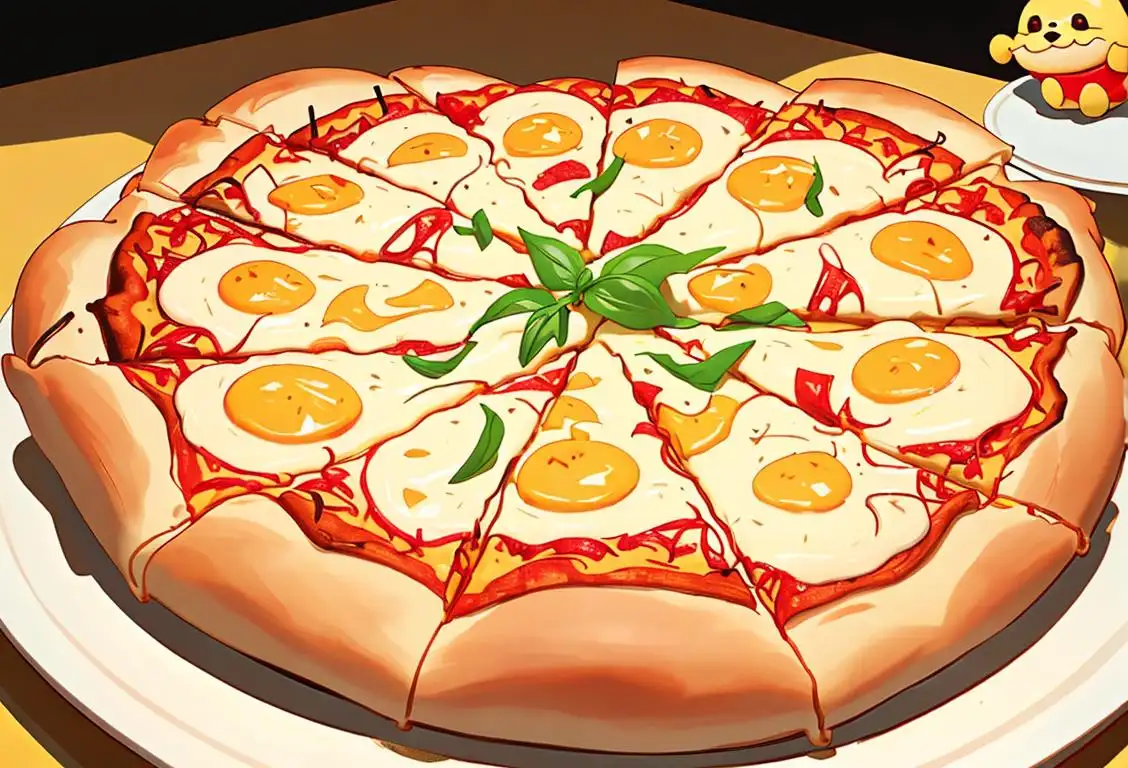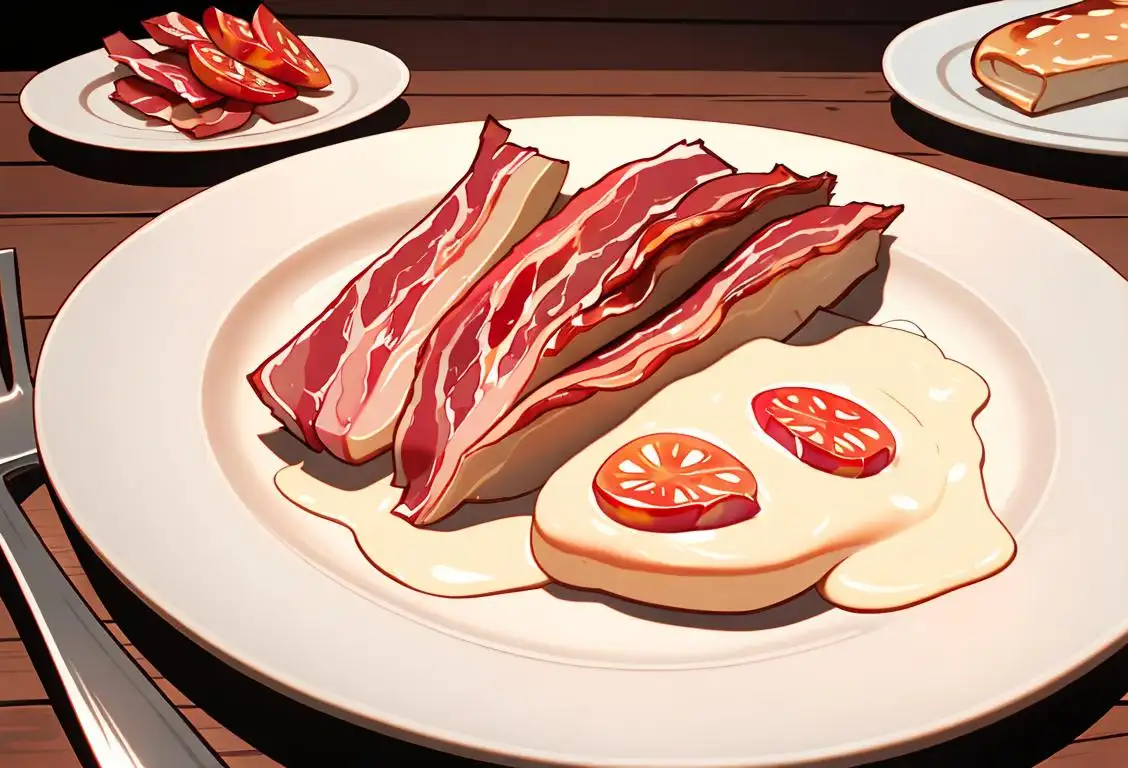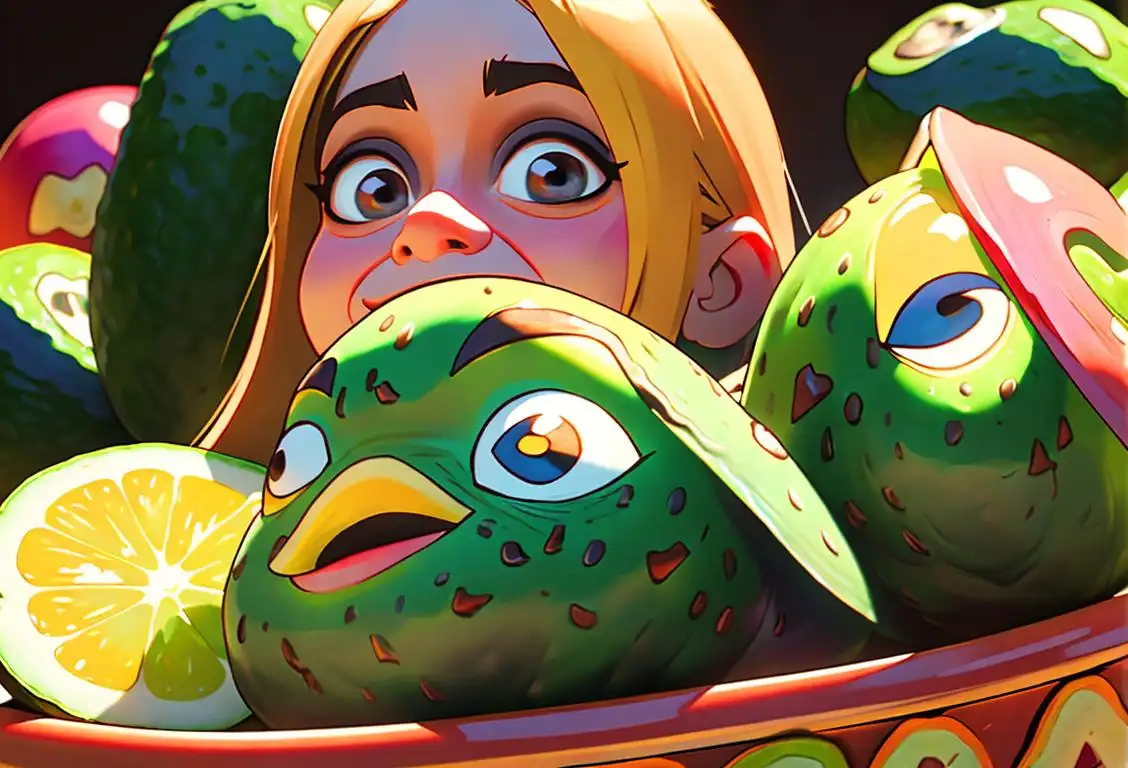National Magwinya Day

Welcome to the delicious world of National Magwinya Day! Get ready to dive into the deep-fried goodness of this popular street food. Whether you call them magwinya, vetkoek, or frybread, these doughy delights are loved by people all over the world. So, grab a napkin and let's explore the origins and celebrations of this delectable day!
When is Magwinya Day?
It's national magwinya day on the 15th July.
The History of Magwinya
While the exact origins of magwinya are a bit hazy, they are believed to have originated in Southern Africa. These fluffy fried dough buns have since become a staple street food in various African countries, and their popularity continues to rise.
Traditionally, magwinya are made by combining flour, yeast, sugar, salt, and water to create a dough. After letting the dough rise, it's deep-fried until golden brown and crispy on the outside, while remaining soft and pillow-like on the inside. The result is a mouthwatering treat that can be enjoyed on its own or filled with savory fillings like mince, cheese, or chakalaka.
Celebrating National Magwinya Day
On National Magwinya Day, people from all walks of life come together to celebrate the joy of these fried wonders. It's a day dedicated to indulging in the simple pleasure of devouring a piping hot magwinya. So, gather your loved ones and head out to your favorite street vendor or try your hand at making your own batch at home!
From food stalls to food trucks, you'll find magwinya being prepared and enjoyed with enthusiasm. Some communities even organize magwinya-eating contests or cooking competitions to up the ante and have some fun!
A Fun Fact to Munch On
Did you know that magwinya originated from the Xhosa culture in South Africa? They were traditionally prepared as a filling meal by the Xhosa people, who used them as a way to stretch a limited food supply. In fact, magwinya were so well-loved that they even made their way into Xhosa wedding ceremonies, symbolizing abundance and sharing the joy of food with others!
History behind the term 'Magwinya'
1950s
The Rise of the Street Food
During the 1950s in South Africa, a vibrant street food culture emerged as a result of the urbanization and migration of people from all over the country. This era witnessed the creation of various street food delicacies, including 'magwinya', a popular fried dough snack.
Mid-20th Century
The Origins of the Term 'Magwinya'
The term 'magwinya' has its roots in township lingo, which is a distinctive form of communication that emerged in the townships of South Africa. It is believed to originate from the Zulu language, where 'mogwinyane' means 'a small round object,' suitable to describe the shape and appearance of the fried dough snack.
1980s
Growing Popularity
In the 1980s, 'magwinya' gained significant popularity across South Africa. It became a staple street food and was commonly sold by vendors in townships, at sports events, and outside schools. The affordability and delicious taste of 'magwinya' made it a favorite among students and working-class individuals.
21st Century
Diversification of Fillings
As the years went by, 'magwinya' creatively evolved to include a variety of fillings. In addition to the traditional plain fried dough, vendors started offering fillings such as cheese, polony (a type of sausage), curry, and chakalaka (a spicy relish). This diversification enhanced the culinary experience associated with 'magwinya'.
Present Day
Cultural Significance
Today, 'magwinya' is not just a popular street food but also a cultural symbol in South Africa. It represents the vibrant township culture, resilience, creativity, and the entrepreneurial spirit of the local communities. 'Magwinya' has even inspired various food festivals and events dedicated to celebrating this beloved treat.
Did you know?
Magwinya originated from the Xhosa culture in South Africa and were even included in Xhosa wedding ceremonies as a symbol of abundance.Tagged
food fun loved onesFirst identified
15th July 2018Most mentioned on
15th July 2018Total mentions
9Other days
Biscuit Day
Cheese Lovers Day
Cheese Pizza Day
Agriculture Day
Bacon Day
Medal Of Honor Day
Pumpkin Day
Foundation Day
Guac Day
Drink A Beer Day









